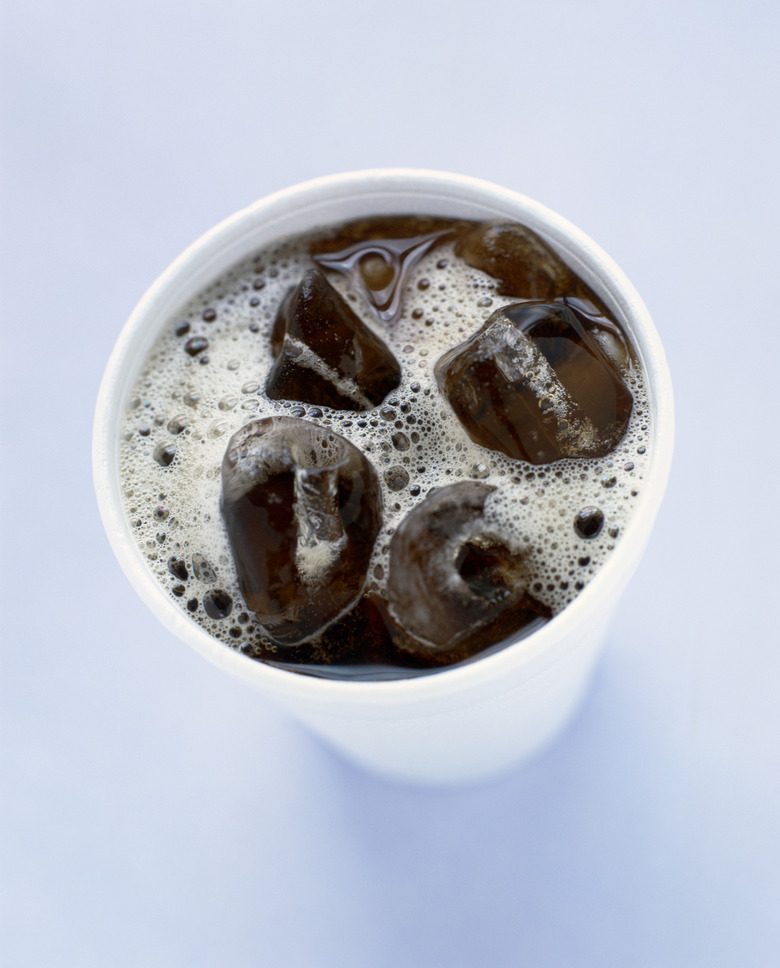Fizzing usually refers to gaseous carbon dioxide, but it can refer generally to the presence of any gas. The molecules of that gas may or may not have been present in a substance before the fizzing. In the case of a physical change, the constituent compounds are already present, but they get rearranged. In the case of a chemical change, the atoms are reconfigured to create new chemical compounds.
Physical Changes
The fizzing of soda is a physical change that involves the release of gaseous carbon dioxide. During fizzing of a soda, you can see bubbles of carbon dioxide in the soda rise to the top. A bottle of soda doesn’t fizz when it is closed because the pressure is higher, and keeps the carbon dioxide dissolved in the liquid.
Chemical Changes
Sometimes fizzing signifies both the creation and release of carbon dioxide. For example, if you combine baking soda and vinegar, you will see fizzing. This happens because carbon dioxide is created in the chemical reaction between these two substances. The atoms in the baking soda and vinegar break their bonds and recombine to form gaseous carbon dioxide and other substances.

